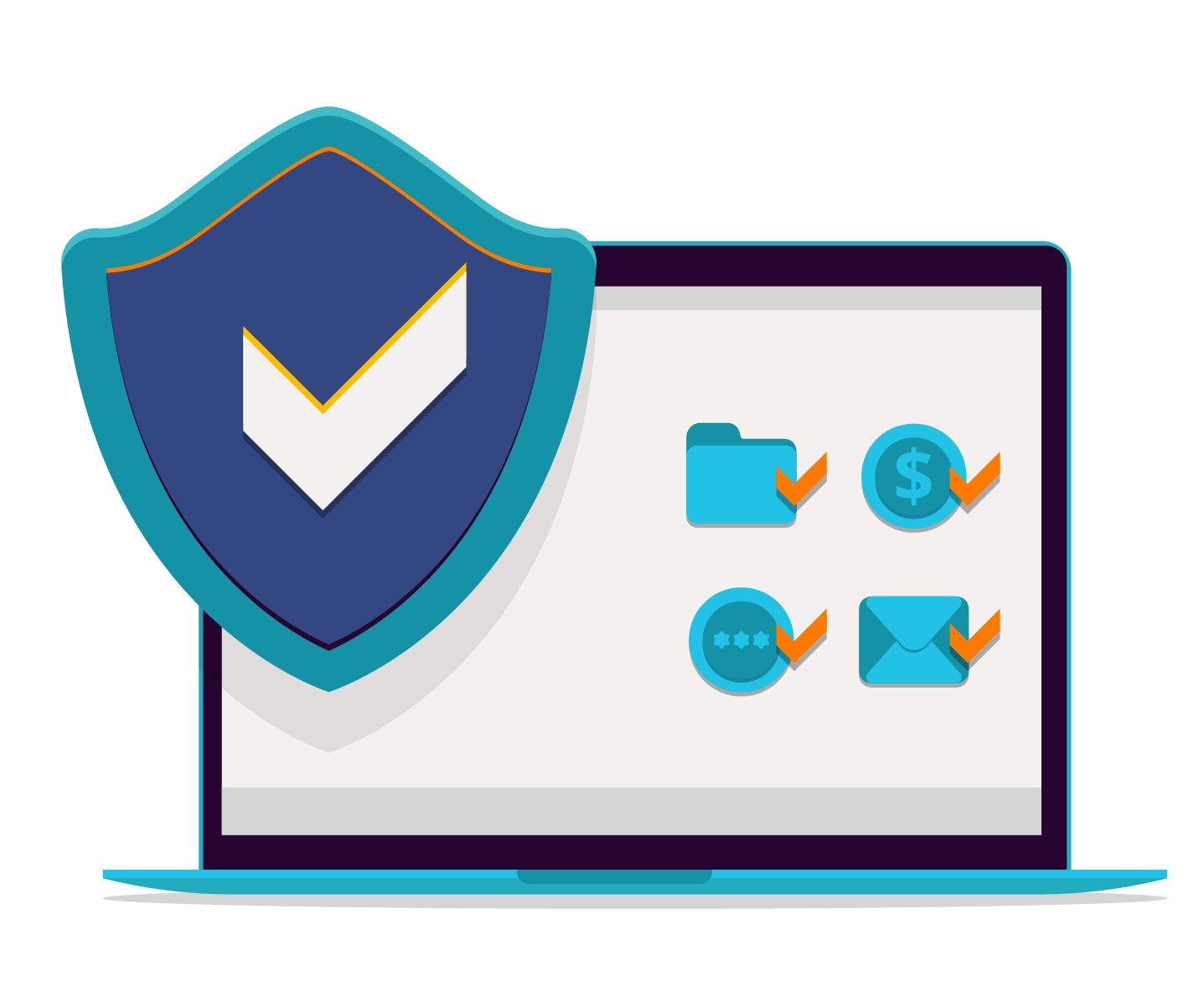Data Loss Prevention
Protect Data at Rest and in Motion

What is Data Loss Prevention?
Data Loss Prevention (DLP) is the process of detecting and preventing data breaches, exfiltration, or unwanted destruction of sensitive data. It consists of tools, processes, and policies used to ensure that sensitive data is not lost, misused, or accessed by unauthorized users. DLP identifies the violations that are driven by regulatory compliance such as HIPAA, PCI-DSS, or GDPR. On identification of violations, DLP enforces protective actions, remediation with alerts, encryption, etc. to prevent end-users from sharing any malicious data that can jeopardize the security of the organization. DLP software and tools monitor and control endpoint activities, filter data on corporate networks, and also monitor data in the cloud to protect data in use, at rest, or in motion.
Benefits of Implementing DLP Policy

DLP Helps CISO To Recover from Crisis
Chief Information Security Officers (CISOs) who are responsible for framing governing policies help businesses analyze the threat scenario and prevent data leaks. Having a well-framed DLP strategy gives CISOs the opportunity to recover rapidly from crises.

DLP Supports Constantly Changing Compliance Regulations
Globally, compliance regulations keep changing and organizations must be prepared to adapt to them quickly. DLP solutions allow organizations to adapt and be flexible enough to evolve with changing global regulations.

DLP Protects Businesses from Frequent Data Breaches Incidents
Cyber criminals and malicious actors try to access sensitive data with various motives (such as financial gain, gaining a competitive advantage, political gain, and so on). DLP can protect against all such data breaches, malicious or not.

DLP Protects Against All Kinds of Sensitive Data
The horizon of sensitive data has expanded over the years. Sensitive data now also includes pricing models and business methodologies that are intangible. This means your organization has a lot more data to protect.
Different Vectors that DLP Solutions Cover

Device Control
Data loss protection helps define granular access rights for removable devices and peripheral ports and establishes policies for users, computers, and groups. It enforces device security policies while still ensuring user productivity.

Content Protection
DLP restricts almost all possibilities of data leakage by restricting exit points, screen captures, USB devices, and even clipboards and applications like Skype, Outlook, and so on.

Data At Rest Scanning
DLP scans and identifies threats to data at the endpoint level, thereby preventing incidents of data breaches. DLP helps enforce policies that ensure compliance with regulations such as HIPAA, PCI DSS, and others.

Automatic Encryption
CISOs can leverage DLP policies to secure and manage USB storage devices by enforcing encryption and safeguarding data in transit. It is easy to use, password-based, and highly efficient.
42Gears Data Loss Prevention Feature Set for Windows

DLP Enables Container-based Restriction Only
DLP manages the entire application, so containerization happens at the application-level only and not at the content-level. This means that DLP only considers the managed application directories and the data handled by such (managed) applications. Any interaction with the data, such as copying-pasting the text or its movement is restricted outside the container. Hence, employees can interact with the data only between the managed applications.

No Agent Required on Endpoints
DLP works irrespective of the presence of an agent on the endpoints. Thus, businesses do not need to install any additional software on their devices.

DLP Offers Access to Enterprise Resources Only
Implementing DLP rules allows enterprises to read managed (enterprise or work) data, apps, and resources only and not non-work or personal applications. Therefore, employees’ personal data remains private.

Encrypt Managed Data
DLP safeguards organizational data by restricting actions like copy-paste between managed and unmanaged applications.
Safeguard Your Business Against Data Breaches. Start Leveraging SureMDM DLP.
